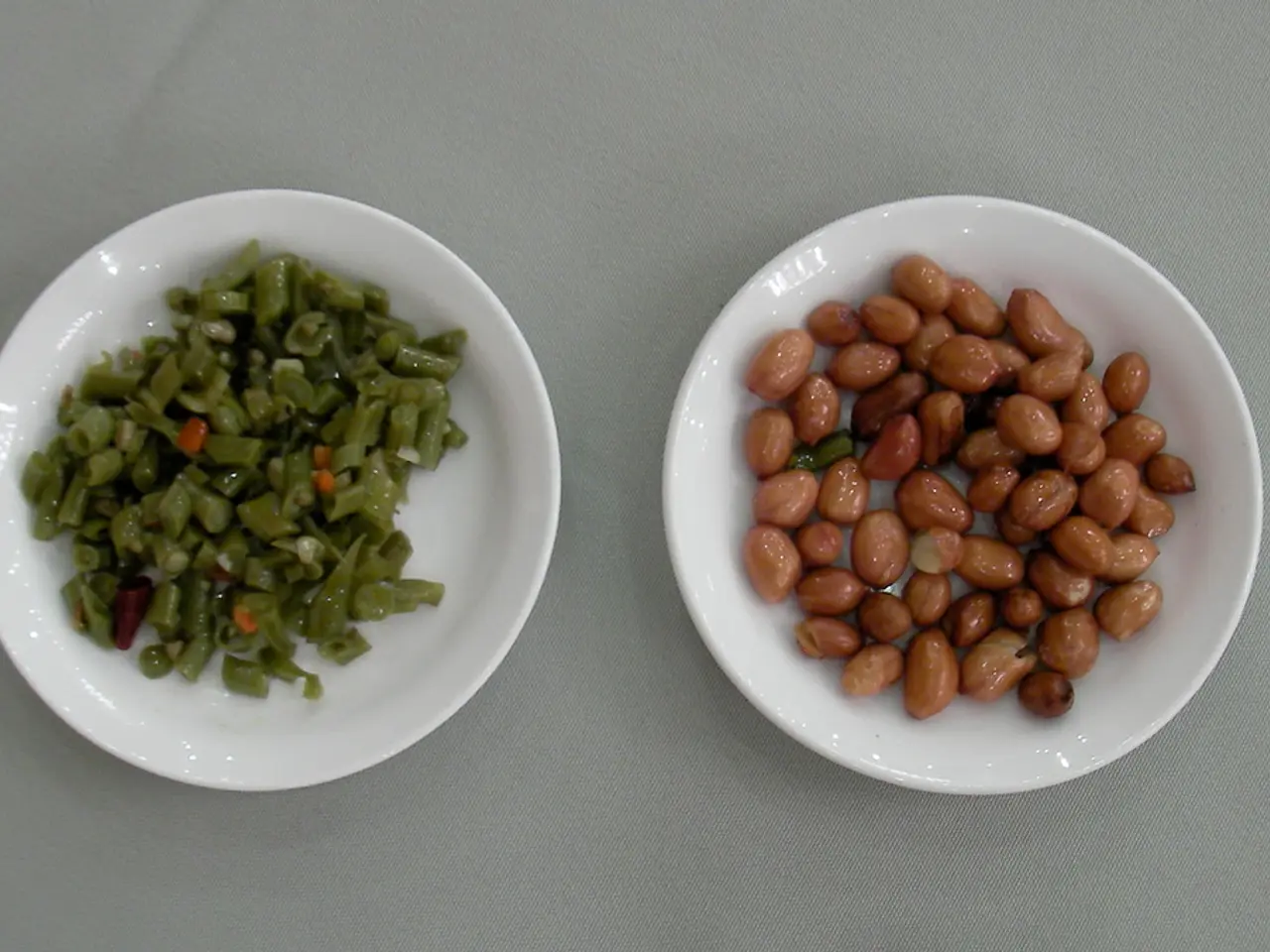Peanut Allergy Prevalence Triples in Kids, Now Affects 2.5% of US Children
Peanut allergy, the most common food allergy, poses a significant risk of severe reactions, including anaphylaxis. This condition affects around 2.5% of American children and has seen a sharp increase in prevalence over the past few decades.
Food allergies, including peanut allergies, are prevalent in both adults and children. Around 10% of adults and 8% of children in the US are affected. Symptoms range from mild skin rashes to severe anaphylaxis or cardiac arrest. The risk of severe reactions is higher in adults than children.
Genetic factors are a significant contributor to peanut allergies. The condition is lifelong for 80% of people and has seen a 21% increase among children since 2010. The number of children hospitalized due to food allergies increased threefold between the late 1990s and the mid-2000s. The incidence of peanut allergies in children more than tripled between 1997 and 2008.
Peanut allergy is a growing concern, with increasing prevalence and severity. Early exposure to peanuts is now encouraged to prevent allergies. Further research is needed to understand and manage this common and potentially life-threatening condition.
Read also:
- Rise in Flu Cases: Timing and Reasons Explored by Medical Experts for Flu Vaccination
- Nursing Infants: Advantages, Factors to Ponder, Guidelines, Essential Gear
- Anticipated Increase in Uninsured Residents to Pose Challenge for Local Healthcare Infrastructure
- Accusations of poor care and supposedly poor hygienic standards at LaSalle Hospital






